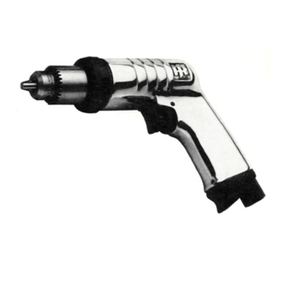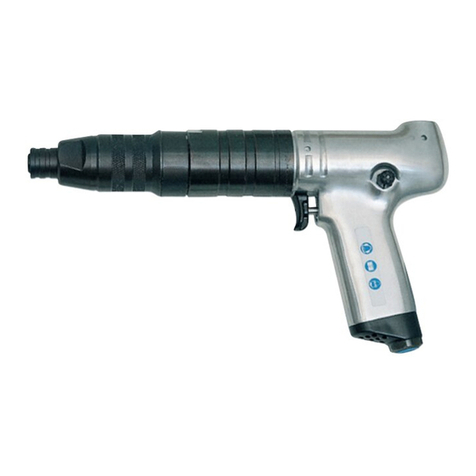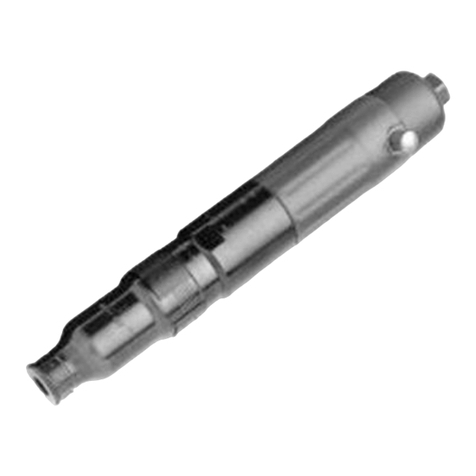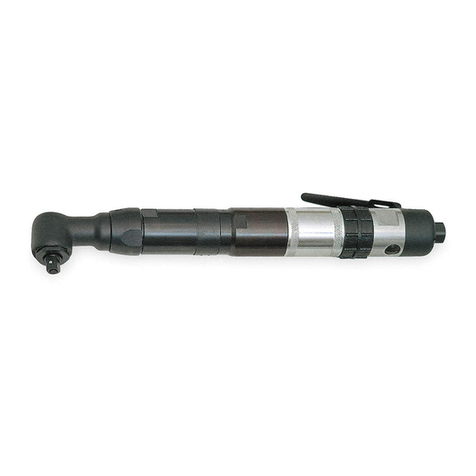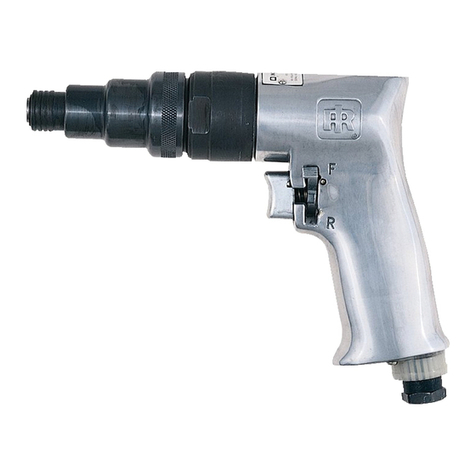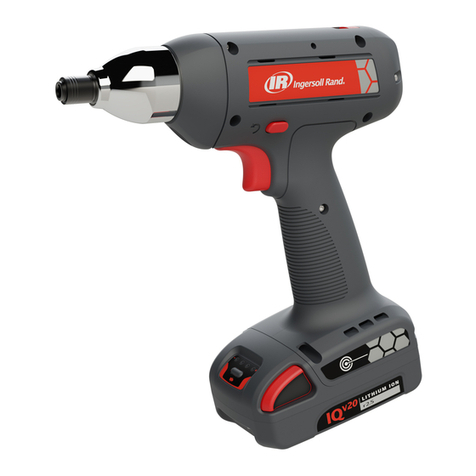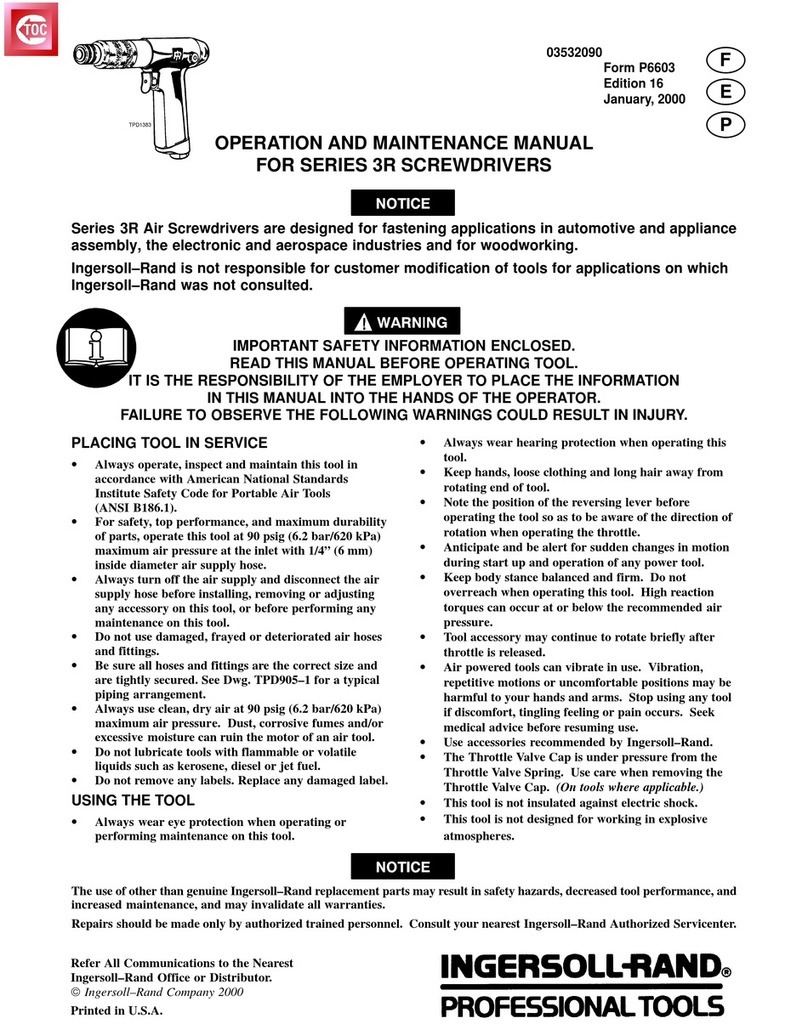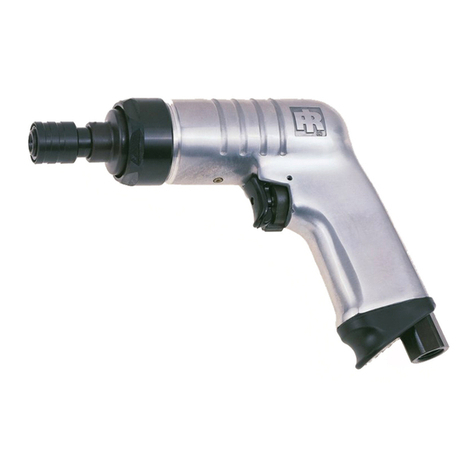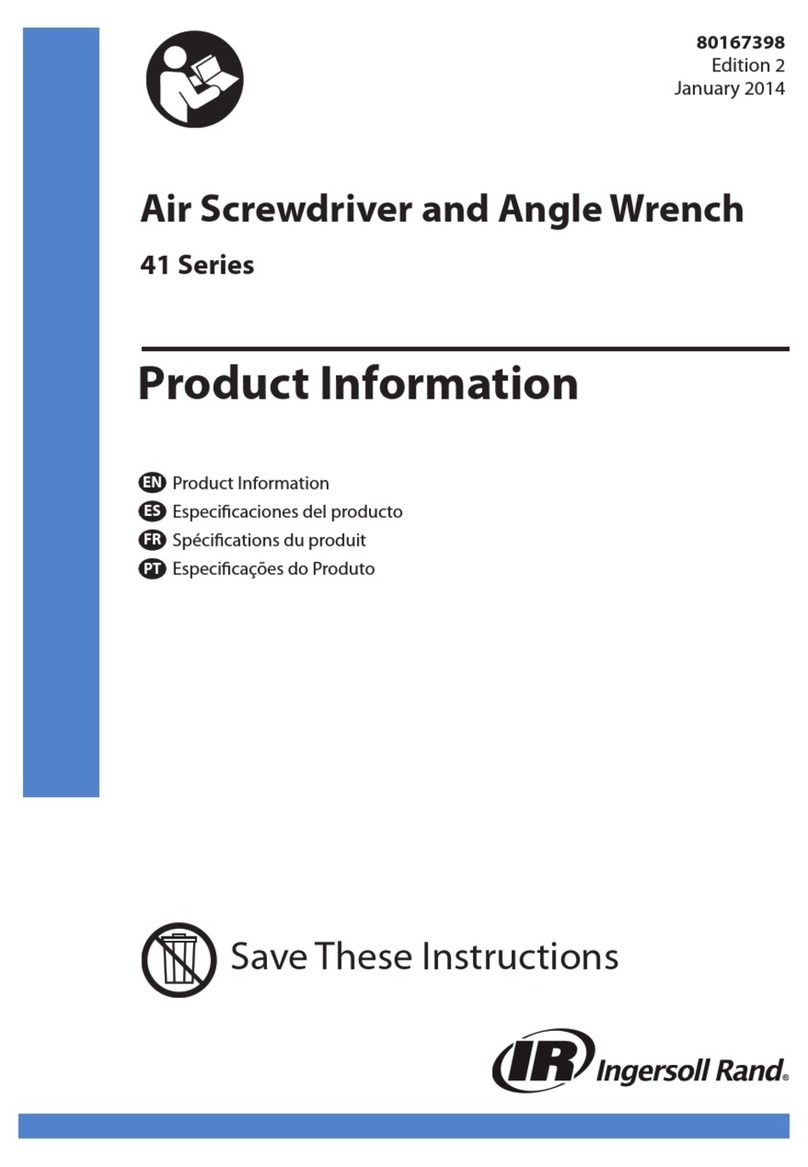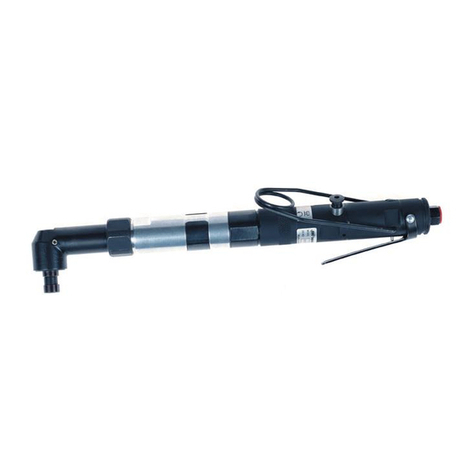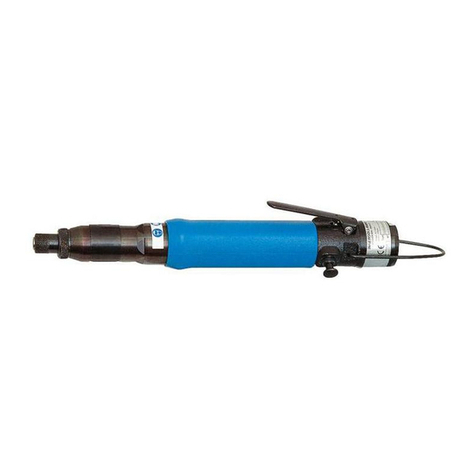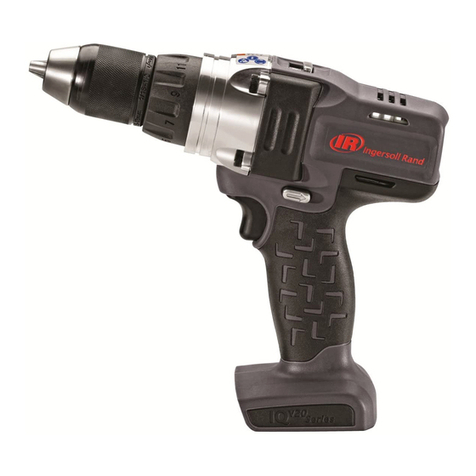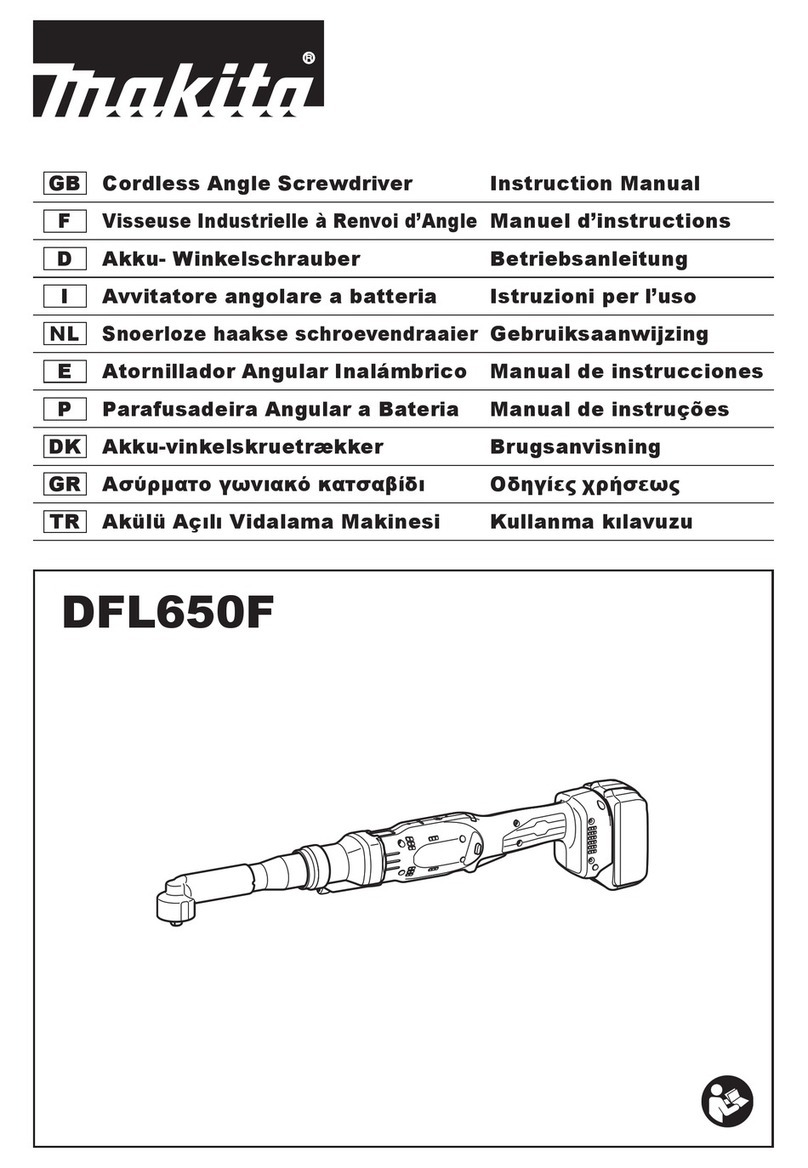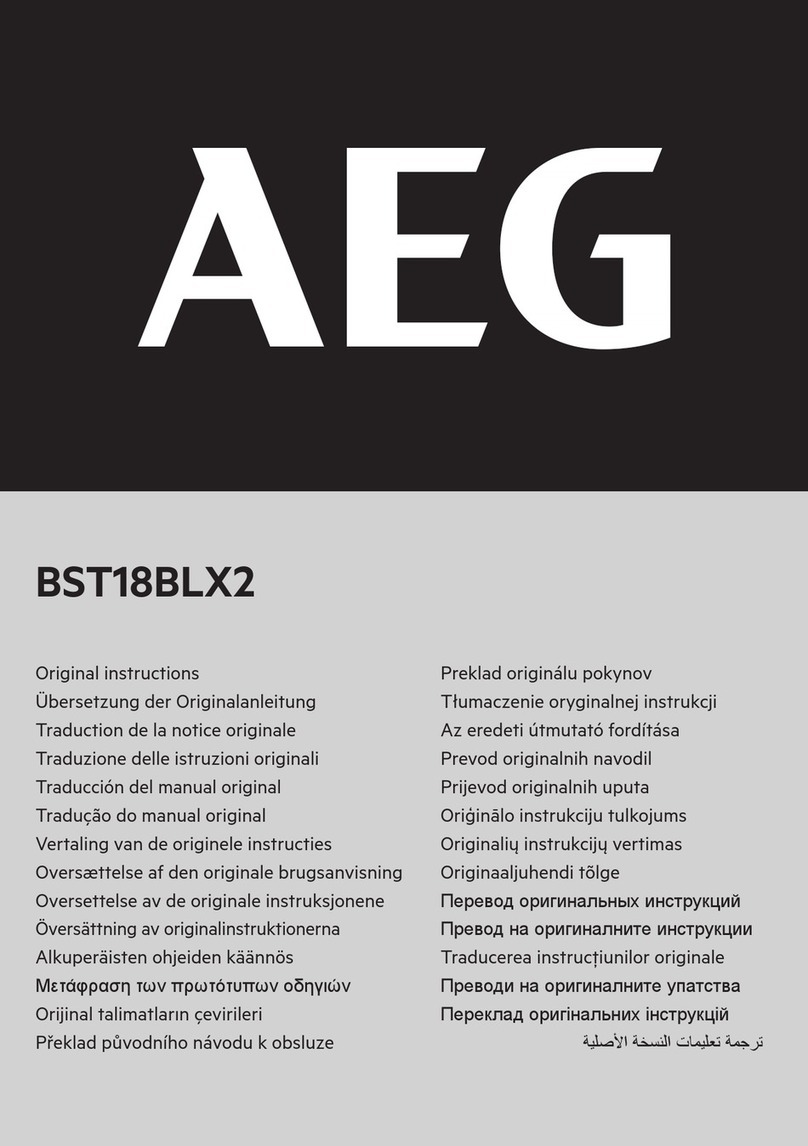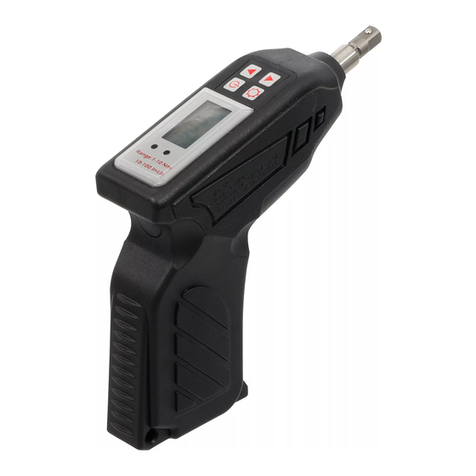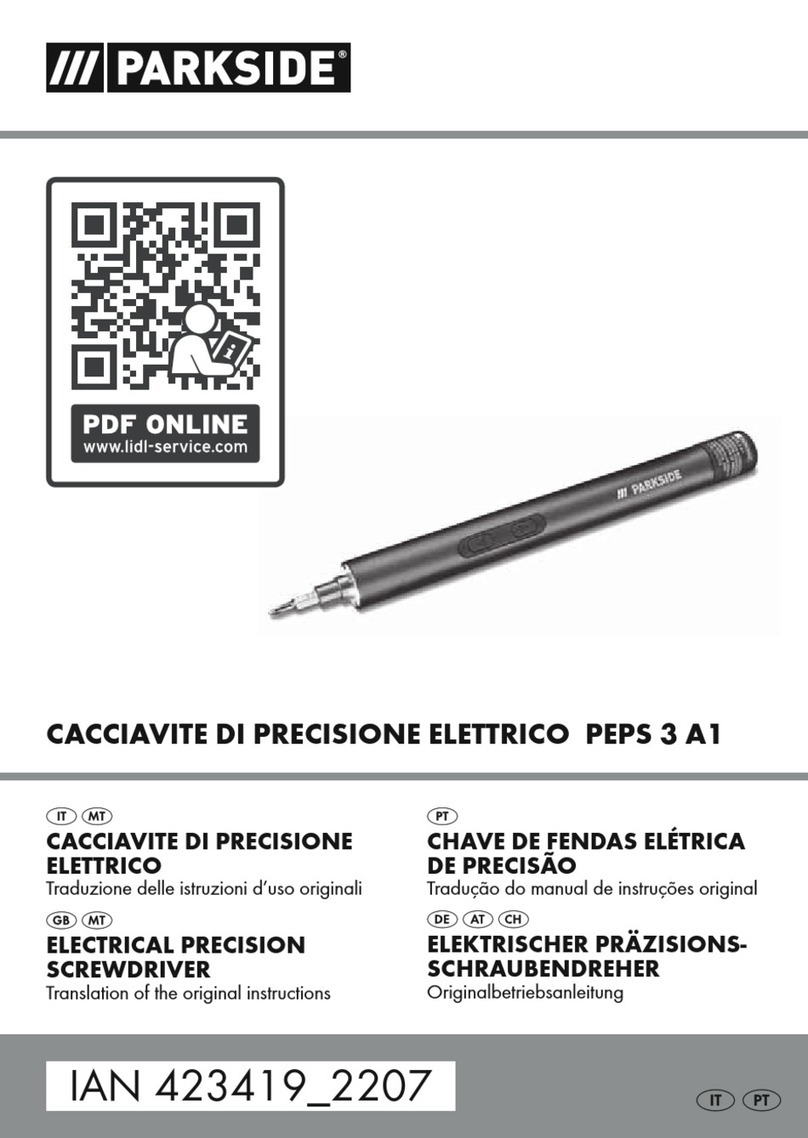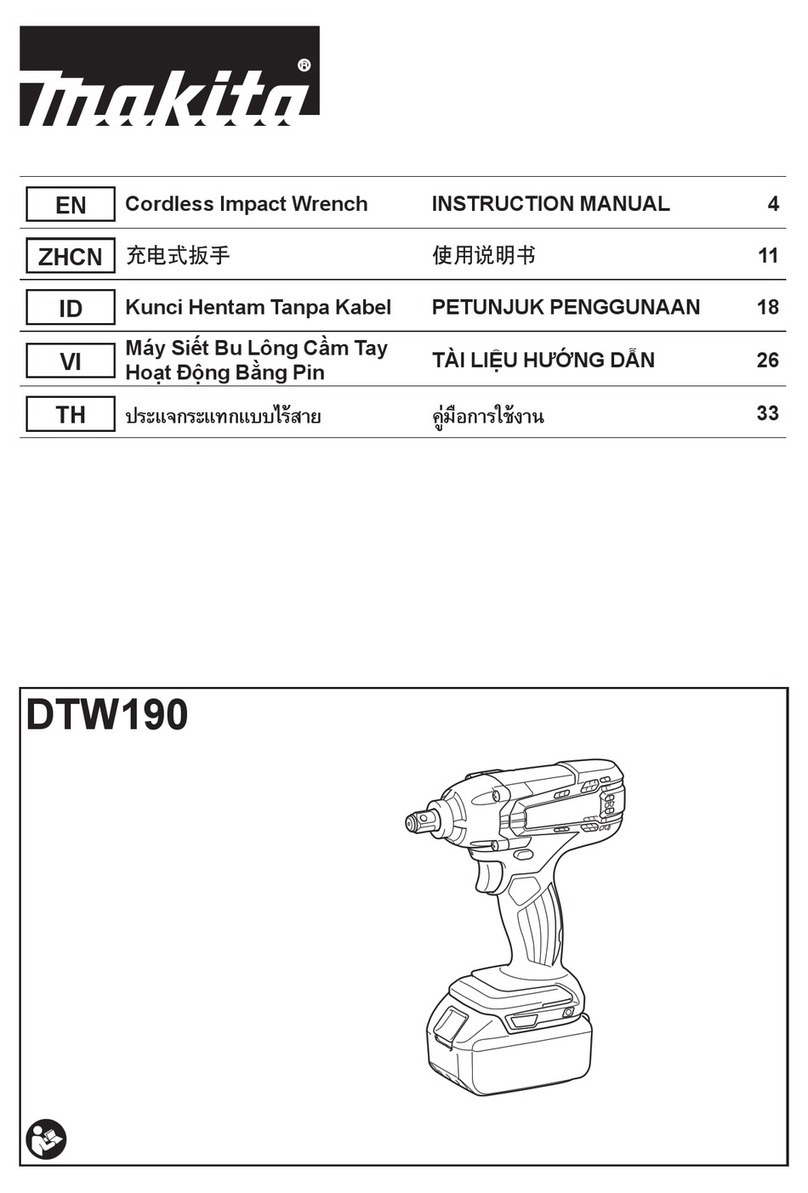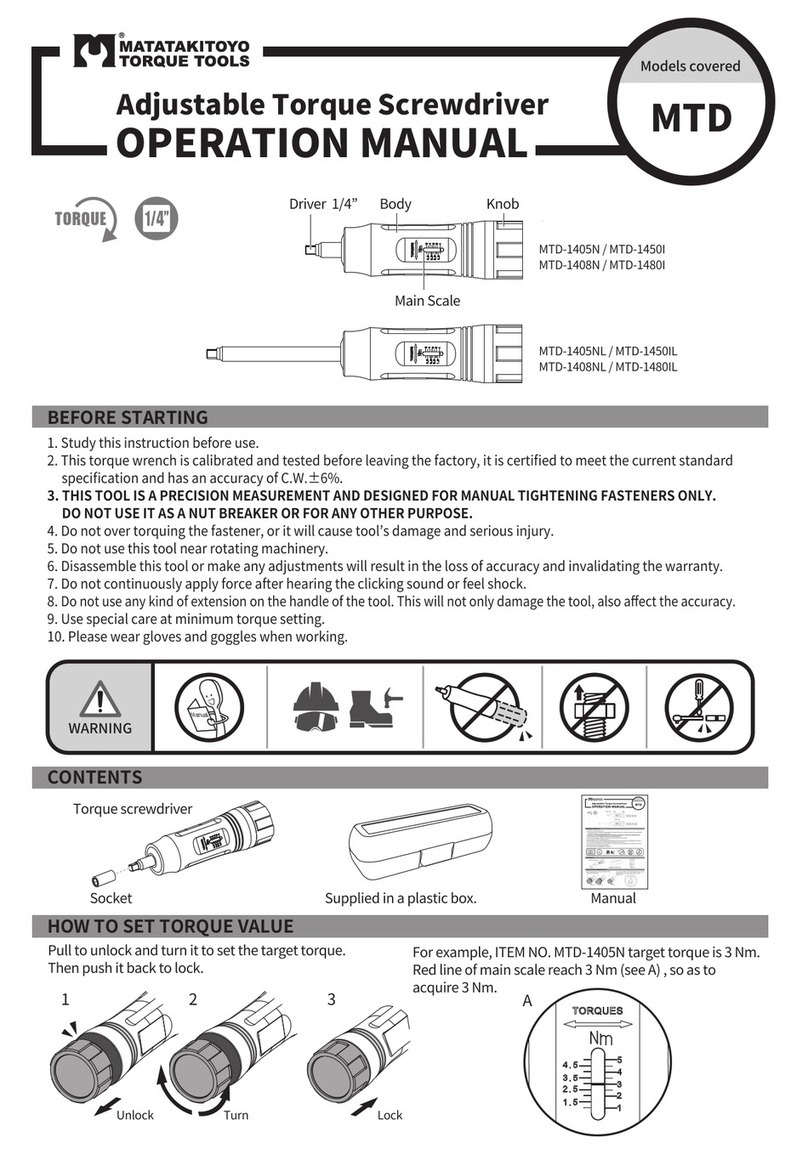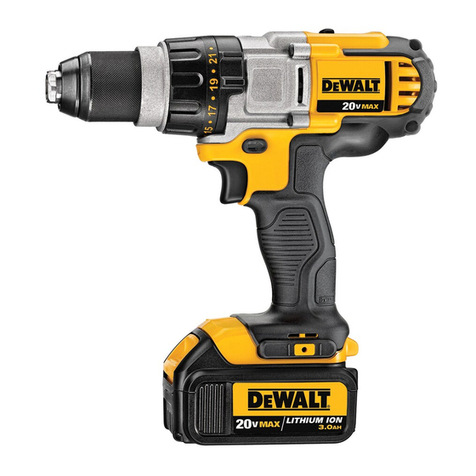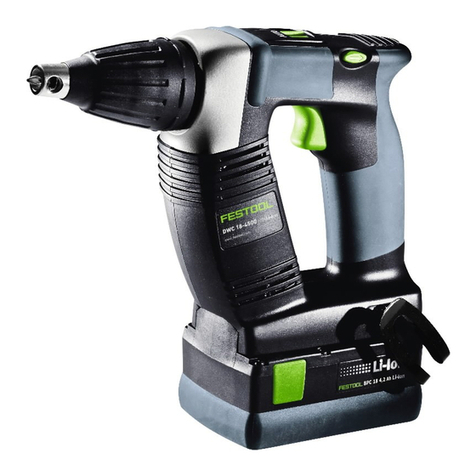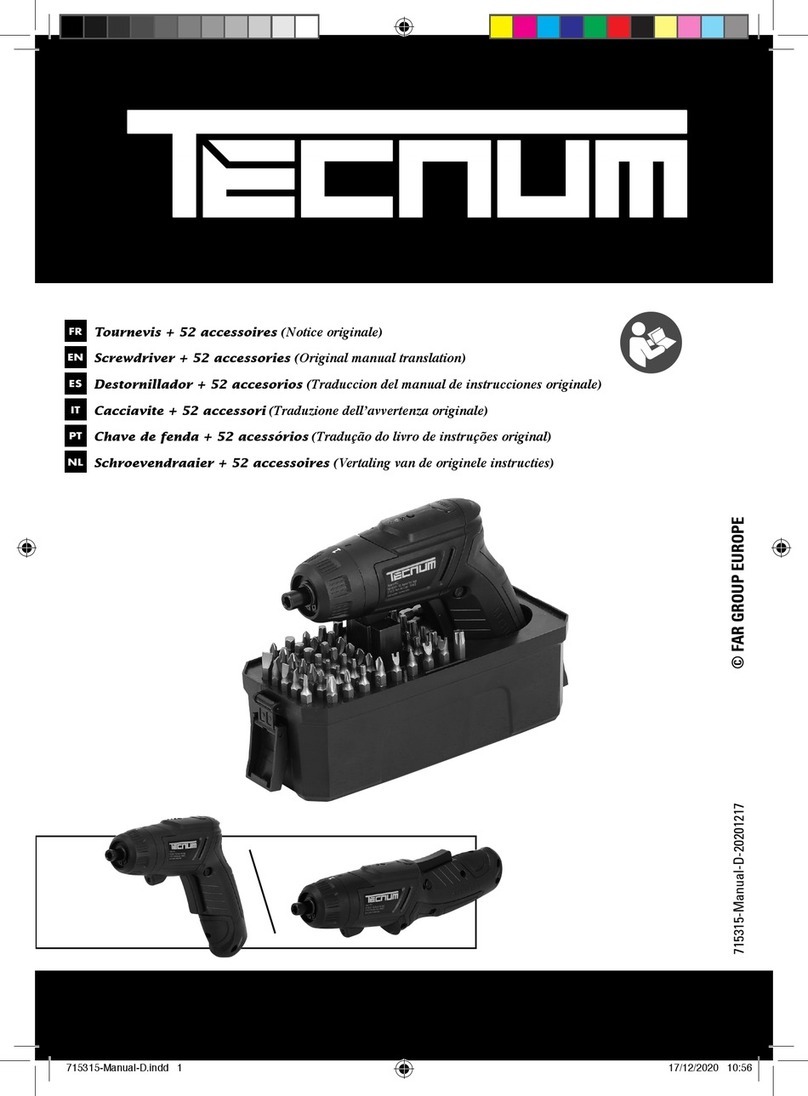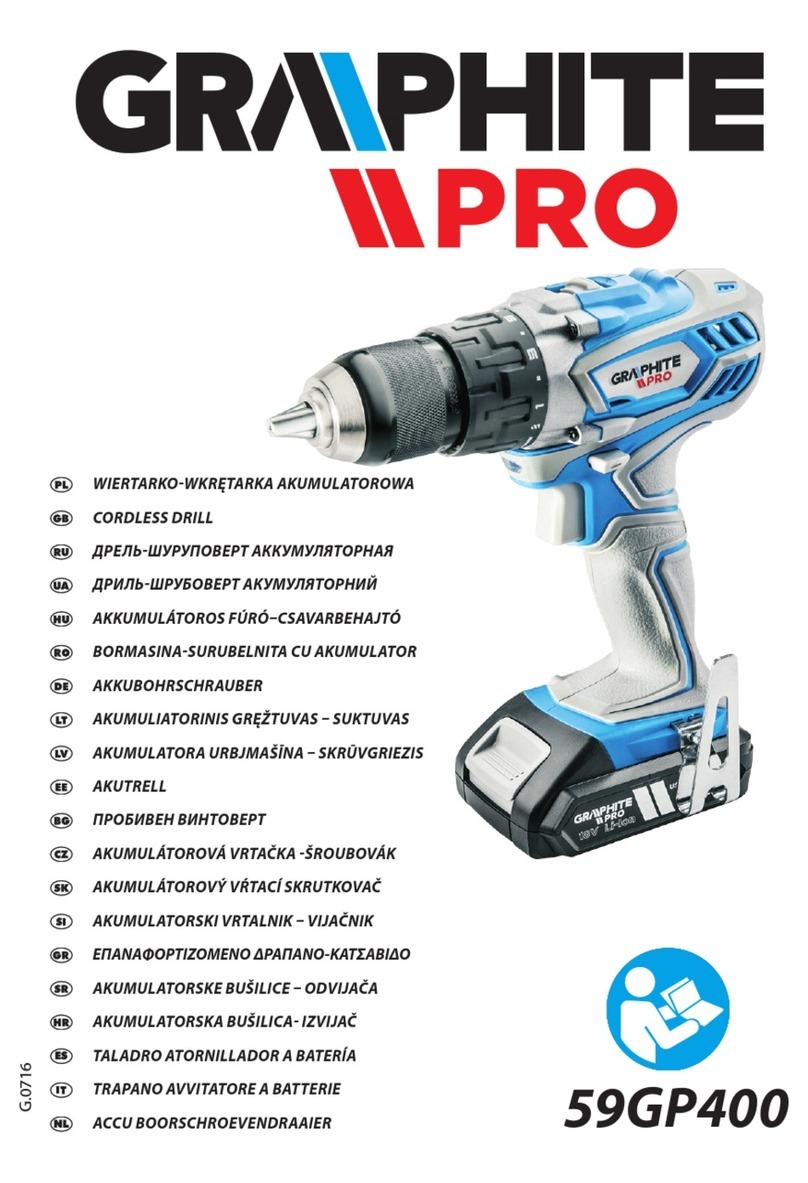
EN-1 47104286_ed15
Product Safety Information
Intended Use:
These Cordless Tools are designed for assembly applications requiring precise torque control,
accuracy, consistency and repeatability and are recommended for tightening requirements. Use
only with Ingersoll Rand IC Process Communication Module (IC-PCM) when used in radio mode.
⚠WARNING: Read all safety warnings, instructions, illustrations, and specications
provided with this power tool. Failure to follow the warnings and instructions may result in
electric shock, re and / or serious injury. Save all warnings and instructions for future reference.
●Responsibly recycle or dispose of Batteries. Do not puncture or burn batteries. Improper
disposal may endanger the environment or cause personal injury.
●Only use Tools with appropriate voltage Ingersoll Rand batteries and Charger. Use of
any other batteries may create a risk of re, personal injury or property damage.
For additional information, refer to Cordless Screwdriver and Nutrunner Safety Manual
Form 47114541, Battery Charger Safety Information Manual Form 10567832, Battery Safety
Information Manual Form 10567840 and IC-PCM Safety Information Manual Form 24074205.
Manual can be downloaded from ingersollrandproducts.com
Product Specications
QX Model Identication
Series
Q
Family
X
C
X
USB Only
RADIO
TTrigger P
V
Standard
Hazard Tool †
PPistol Q4
S4
¹/" Quick Change
¹/" Square
S6 ³/" Square
04 05
08 10
Communicatio
X
Motor Series
2
Body Style
P
Tool Activation
T
Max. Torque
(Nm)
12
Version
P
Attachment
Description
Q4
12 15
18 27
24
20
30
35
40
60
80
T 2-Speed
Pistol
2
5
S08 ¹/2" Square
S06 ³/" Square
N
FD USB Only
XD Radio
No Display/Keypad
200
500
1000
1350
13C
2000 VNP Hazardous Location
Multiplier †
NP Standard Multiplier
16 1" Square
S12 ³/" Square
EETS*
HETS Hazardous
Location *†
ETS* = Ergonomic Tightening System
† Class I, Division 2, Groups A-D sold in USA and Canada only.
PM Standard Multiplier
AAngle
S16 1" Square
Declaration of Noise and Vibration Emission
The declared vibration total value has been measured in accordance with a standard test
method and may be used for comparing one tool to another. It may be used for a vibration
emission level representing the main applications of the tool. However, if the tool is used for
a dierent application, with dierent accessories or poorly maintained, the vibration emission
may dier. This may signicantly increase the exposure level over the total working period. An
estimation of the level of exposure to vibration should also take into account the time when the
tool is switched o or when it is running free speed.


